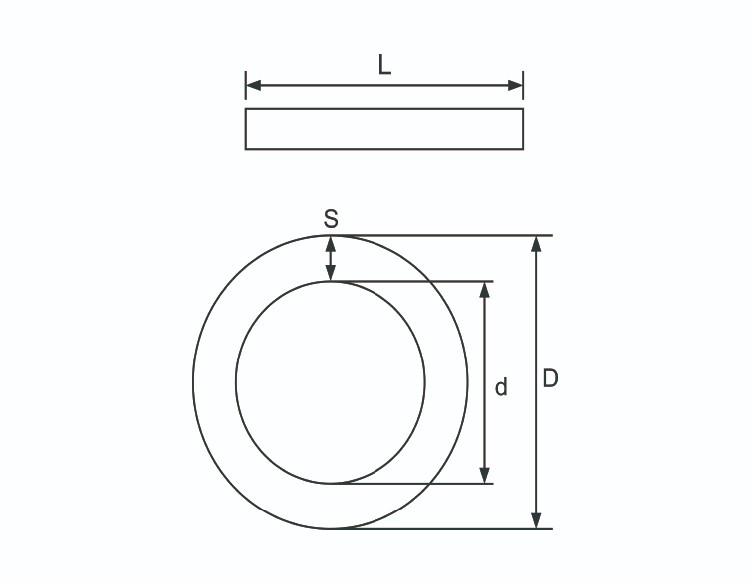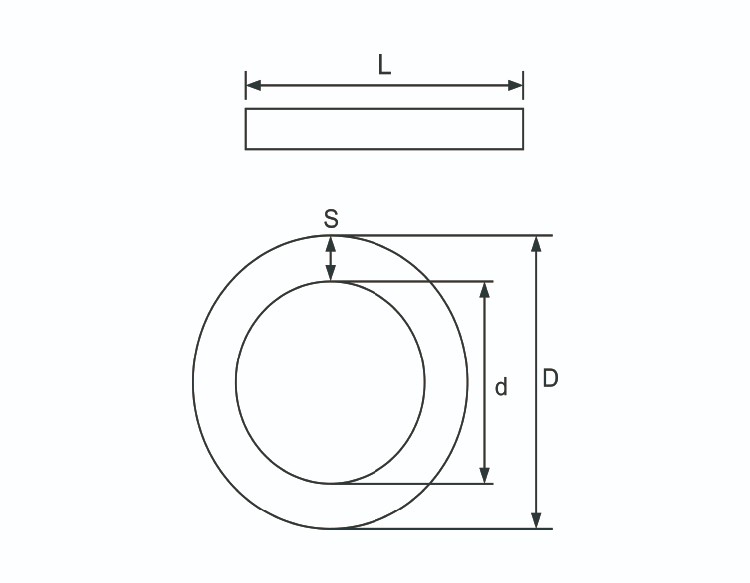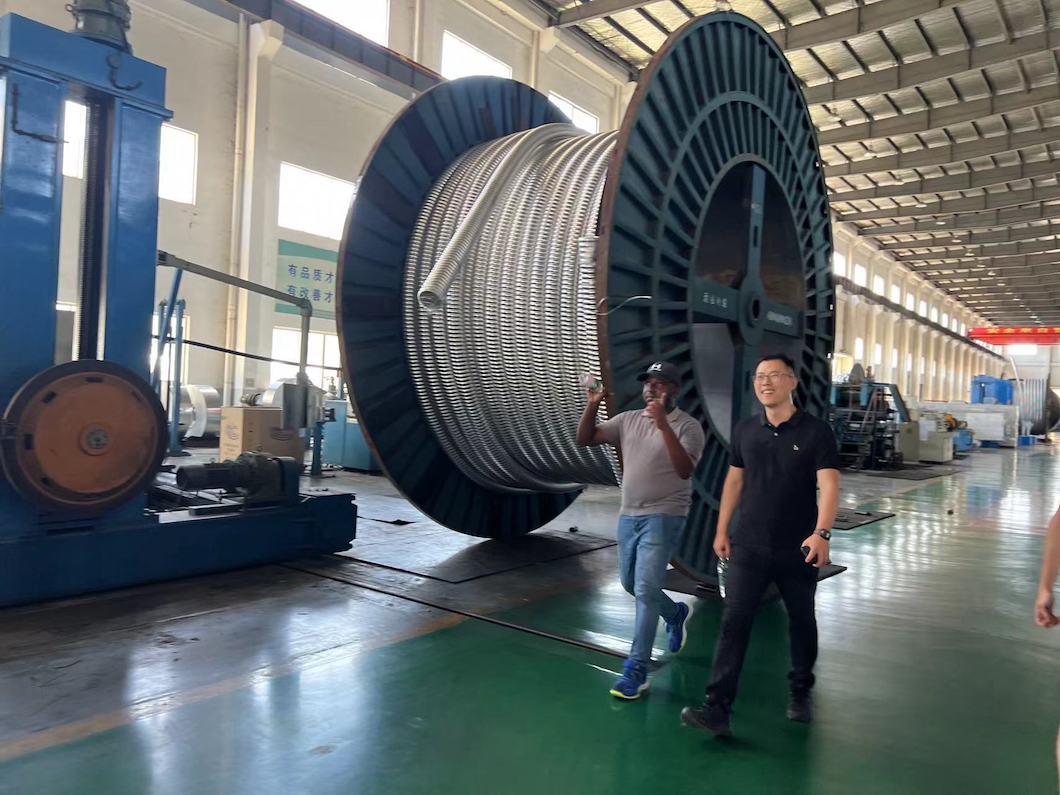| class A | weight(g) | length L | inner hole d | outside diameter D |
| 10mm2 | 7 | 60 | 5.5 | 9 |
| 16mm2 | 8 | 65 | 6.5 | 10 |
| 25mm2 | 15 | 70 | 7 | 12 |
| 35mm2 | 19 | 75 | 8.3 | 14 |
| 50mm2 | 27 | 80 | 10 | 16 |
| 70mm2 | 36 | 90 | 12 | 18 |
| 95mm2 | 52 | 95 | 14 | 21 |
| 120mm2 | 67 | 100 | 15 | 23 |
| 150mm2 | 78 | 115 | 17 | 25 |
| 185mm2 | 93 | 115 | 19 | 27 |
| 240mm2 | 122 | 120 | 21 | 30 |
| 300mm2 | 167 | 130 | 24 | 34 |
| 400mm2 | 150 | 27 | 37 | |
| 500mm2 | 170 | 30 | 40 |
Here are some key points about it:
1.Aluminum tubes are typically manufactured through a process called extrusion, where a heated aluminum billet is forced through a shaped die to create a continuous tube length.
2.These tubes can have various cross-sections, including circles, ovals, squares, rectangles, equilateral triangles, or regular polygons.
3.They are used in a wide range of applications, from HVAC/R and heat exchange to mechanical and framing.
4.Aluminum tubes are known for their high strength, corrosion resistance, and good machinability.
5.They can be customized in terms of size and external shape to meet specific requirements.






















